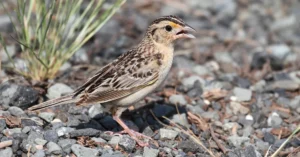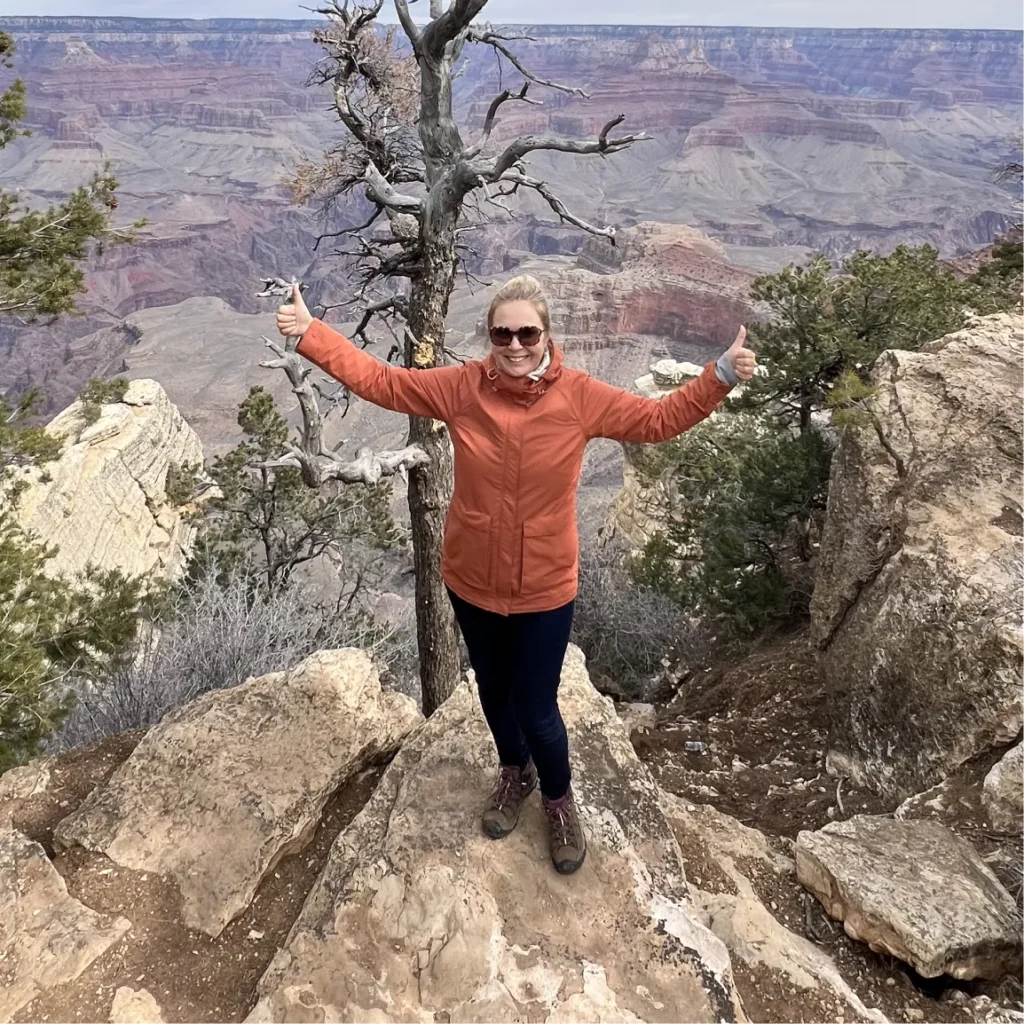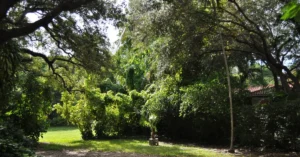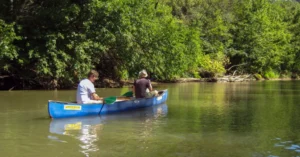Miami is a big city with lots of tall buildings and busy roads. But it’s also home to beautiful natural areas like forests, swamps, and ocean shores. These places are very important. They make the air cleaner and give homes to many plants and animals.
A long time ago, Miami had even more green spaces. As more people came to live in Miami, some of these natural places started to disappear. That’s why many people in Miami started working to save these areas. They clean up beaches, plant trees, and make sure animals have safe places to live.
In this blog, we are going to talk about some big projects that help protect Miami’s nature. We’ll learn why these projects are important for the city. They help both the people and the animals in Miami enjoy clean air and beautiful, safe places to explore.
Everglades Restoration Initiatives

The Everglades are not just a local treasure but a crucial ecosystem for Florida. Recognizing the critical condition of this environment due to decades of alterations, the Comprehensive Everglades Restoration Plan (CERP) was initiated. This extensive project aims to restore the natural flow and cleanliness of water in the region, ensuring the health of the ecosystem and the safety of the water supply for Floridians.
Historical Context
Originally, the Everglades covered a vast area of South Florida, serving as a biologically rich wetland teeming with life. This natural setting played a critical role in water purification, flood control, and as a habitat for a diverse range of wildlife. However, extensive development for agriculture and urban expansion dramatically altered the landscape. Water flow was redirected and reduced, leading to significant environmental degradation.
Comprehensive Everglades Restoration Plan (CERP)
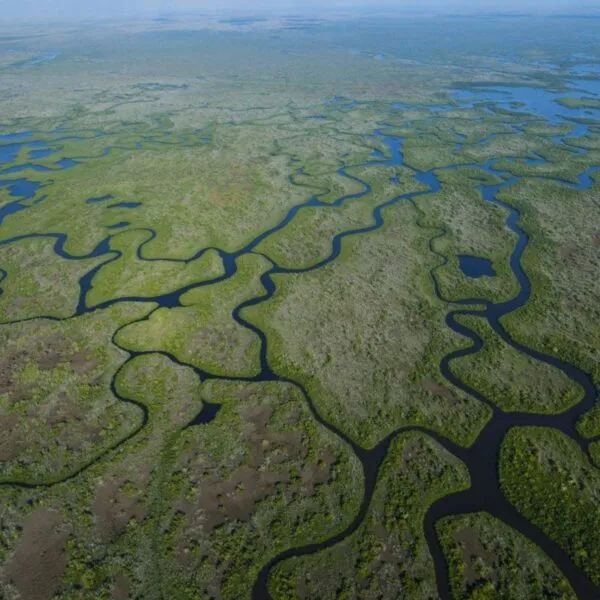
- Goal: The main aim of CERP is to repair the environmental damage to the Everglades and restore the area as close as possible to its natural state.
- Actions Involved
- Water Restoration: Increasing the volume of water flowing back into the Everglades to mimic natural conditions.
- Water Treatment: Implementing numerous water treatment projects to ensure that the water returning to the wetlands is clean and free of pollutants.
- Collaborative Effort: The project is a massive cooperative effort involving federal, state, and local agencies, alongside environmental groups.
Results
- Environmental Improvement: Initial results show improvement in water quality and an increase in the population of native species.
- Community Benefits: Provides a reliable source of clean water and helps maintain Florida’s biodiversity.
Significance
- Sustainability Effort: Emphasizes the importance of sustainable environmental practices and the long-term benefits they bring.
- Global Model: Serves as an example for similar ecological restoration efforts around the world.
Biscayne Bay Protection Efforts

Biscayne Bay, a sparkling gem along Miami’s coast, faces significant environmental challenges. Pollution, urban runoff, and habitat destruction have threatened its health. In response, various projects have been implemented to revive and protect the bay, ensuring it remains a vibrant part of Miami’s natural heritage.
The Challenges Facing Biscayne Bay
Biscayne Bay’s waters and surrounding areas have historically served as critical habitats for a variety of marine life and bird species. However, increased urban development and industrial runoff have led to water quality issues and habitat loss. This decline prompted urgent actions to mitigate environmental damage and preserve the bay’s natural beauty and biological diversity.
Biscayne Bay Cleanup Programs
- Goal: Improve the water quality and restore habitats in Biscayne Bay.
- Actions Involved
- Pollution Reduction: Implementing stricter regulations on industrial discharges and urban runoff.
- Habitat Restoration: Replanting mangroves and seagrasses that are crucial for marine life and help in water purification.
- Community Involvement: Engaging local communities through educational programs and volunteer cleanup events.
Results
- Water Quality Improvement: Monitoring data shows significant reductions in pollutants and clearer waters.
- Wildlife Recovery: Increased sightings of native species like manatees and sea turtles indicate recovering habitats.
Significance
- Community Health: Cleaner water enhances recreational opportunities and overall public health.
- Conservation Blueprint: Acts as a blueprint for other coastal cities facing similar environmental issues.
Miami River Greenway Project

The Miami River Greenway Project is a transformative initiative, turning the once industrial and neglected Miami River into a vibrant urban sanctuary. This ambitious project seeks not only to restore the river’s ecological health but also to enhance the quality of life for the community through recreational and cultural enrichment.
Rediscovering the Miami River
Historically, the Miami River served as a critical economic artery, bustling with industrial activity. However, years of neglect left it polluted and inaccessible. The Greenway Project represents a major effort to reclaim this vital waterway for the city and its people, blending urban renewal with environmental stewardship.
Components of the Greenway Transformation
- Goal: Revitalize the river’s landscape and reconnect it with the city’s social fabric.
- Walkways and Leisure Paths: Building accessible paths along the river to encourage walking, cycling, and community gatherings.
- Ecological Rehabilitation: Initiatives to plant native flora and clean the river, enhancing biodiversity and water quality.
- Art and Culture Integration: Installing public artworks and historical markers to celebrate Miami’s rich cultural heritage and educate visitors about the river’s history.
Measurable Successes and Community Impact
- Community Engagement: Increased use of the river pathways has strengthened community ties and fostered a sense of pride and ownership among residents.
- Environmental Improvements: Marked enhancements in the river’s biodiversity and aesthetic appeal, making it a model for urban ecological restoration.
- Cultural Vibrancy: The river has become a cultural corridor that showcases local art and history, attracting tourists and enhancing local business.
Pine Rockland Preservation

Miami’s Pine Rocklands are among the most unique and endangered ecosystems in the United States. These forests, once covering extensive areas of South Florida, are now limited to small patches, primarily in Miami. Recognizing their critical importance, various conservation efforts aim to protect and restore these rare habitats.
Understanding Pine Rocklands
Pine Rocklands are characterized by their rocky limestone outcrops and diverse plant species, including several that are found nowhere else on earth. Historically, this ecosystem not only supported a wide range of wildlife but also played a crucial role in Miami’s ecological balance.
Challenges Threatening Pine Rocklands
- Urban Expansion: Miami’s rapid growth has led to significant loss of Pine Rockland habitats.
- Invasive Species: Non-native plants and animals disrupt the native biodiversity, further stressing the ecosystem.
- Fire Suppression: Regular fires are necessary to maintain the health of Pine Rocklands, but urbanization has limited controlled burns, altering the natural landscape.
Conservation Initiatives and Success Stories
- Protected Areas: Designation of critical areas like the Richmond Pine Rockland as protected zones to prevent further development.
- Restoration Projects: Efforts to remove invasive species and reintroduce native plants and controlled fire regimes.
- Community Involvement: Educational programs and volunteer activities to raise awareness and encourage local support for conservation.
The Road Ahead
- Expansion of Protected Areas: Advocacy for increasing the area of land designated for Pine Rockland protection.
- Research and Monitoring: Continued research to understand the needs of the ecosystem better and monitor the health of restored areas.
- Public Engagement: Ongoing efforts to involve the community in conservation, highlighting the global significance of preserving this unique ecosystem.
Marine Ecosystem Recovery

Miami’s coasts are beautiful and important. The sea life supports the area and offers fun activities. But, it faces big problems like pollution and overfishing. Many groups are working to fix and protect Miami’s waters. This helps animals and people too.
The State of Miami’s Marine Ecosystems
Miami’s waters have coral reefs, mangroves, and seagrass. These places help the coastline and give homes to fish. But they are getting hurt by pollution and climate change.
Key Threats and Challenges
- Pollution: Dirty water from the city and boats hurts the sea life.
- Climate Change: Warm water and acid from the air are bad for the reefs.
- Overfishing: Too much fishing is bad. It takes away too many fish.
Restoration and Protection Strategies
- Coral Reefs: People are trying to grow new corals to replace the dead ones.
- Mangroves and Seagrass: Planting new plants helps the coast stay healthy.
- Laws and Rules: New rules stop too much fishing and keep the water clean.
Community and Scientific Contributions
- Research: Scientists are finding new ways to keep the sea healthy.
- Help from Everyone: Schools and volunteers help clean the beaches.
- Working Together: The government, schools, and companies all help pay for and support these projects.
Community-Led Initiatives and Education

In Miami, local people play a big part in protecting nature. They join together to clean up beaches and teach others about keeping the environment safe. These actions help Miami’s land and water stay beautiful and healthy. Every hand that helps adds to a greater impact, showing that small actions can lead to big changes.
Importance of Community Action
Local actions make a big difference. When people help clean beaches or plant trees, they make their city better. They also learn how to take care of nature every day. By getting involved, they help preserve the environment and create a cleaner, greener community.
Examples of Community Projects
- Beach Cleanups: Families and schools gather to pick up trash from the beaches. These events not only clean the sand but also protect marine life.
- Tree Planting: People plant trees to make the air cleaner and the city greener. Trees also help reduce city heat and provide homes for wildlife.
- Education Programs: Schools teach kids about why it’s important to protect the environment. These programs inspire the next generation to be environmental stewards.
Benefits of Community Involvement
- Stronger Together: When everyone helps, they make a bigger change. Community efforts show the power of collective action.
- Learning by Doing: Cleaning and planting teach people about the environment. These activities help everyone understand the impact of their actions.
- Healthier Environment: These actions make the air and water cleaner for everyone. They also make Miami a more pleasant place to live.
How to Get Involved
- Join a Group: There are many groups in Miami that help the environment. Anyone can join.
- Learn and Share: Learn about the environment at school or in programs. Then, tell others what you know.
- Volunteer: There are many chances to help out, like beach cleanups or tree planting days. These are great ways to make friends and help the planet.
Future Conservation Strategies
As Miami continues to grow, it’s important to plan how to protect its natural spaces. New strategies are needed to keep the land and water healthy. By thinking ahead, Miami can make sure it stays beautiful and vibrant for everyone.
Innovative Conservation Technologies
Using new technology can help take care of the environment. Things like drones that check on wildlife or apps that track pollution help a lot. This tech makes it easier to see problems and fix them quickly.
Policy Changes and Regulations
- Stricter Laws: Miami can make laws that protect more land and water. This means less pollution and damage.
- Building Rules: New rules about how and where to build can keep natural areas safe. This helps animals and plants live better.
Engaging the Next Generation
- School Programs: More schools can teach kids about how to protect the environment. These lessons make them care more as they grow up.
- Youth Groups: Clubs and groups for young people can get them involved early. They can learn to lead projects and make a big difference.
International Collaboration
- Global Partnerships: Miami can work with other places around the world that face similar issues. They can share ideas and solve problems together.
- Learning from Others: Looking at how other cities keep their nature safe can give Miami new ideas. This can lead to better ways of doing things here.
Conclusion
Miami’s journey in conservation is inspiring. By working together, the community has made significant strides in protecting and enhancing its natural environments. These efforts show that with commitment and collaboration, real change is possible.
As we move forward, it’s crucial to continue this momentum, ensuring Miami remains a vibrant and healthy place for all its residents and wildlife.
Let’s keep pushing for a greener, more sustainable future.



